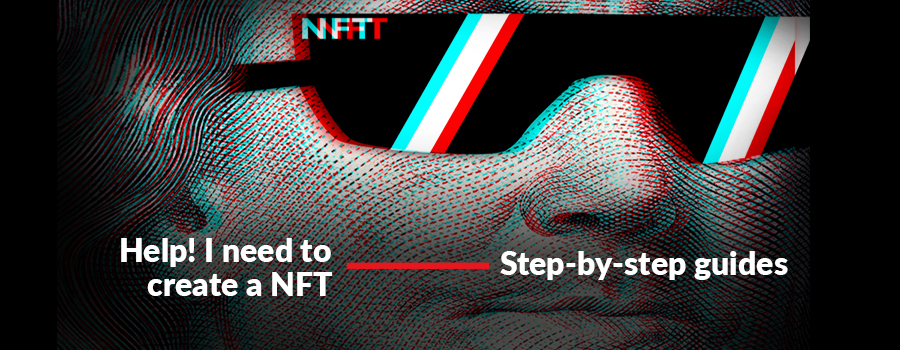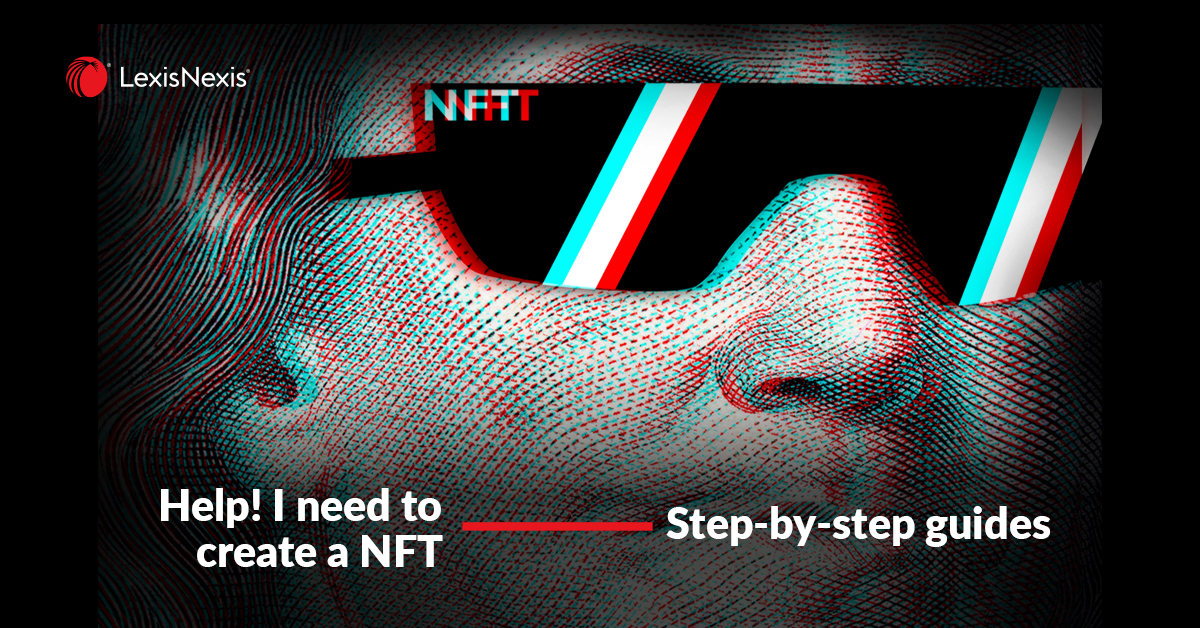
Blog 3: Wallet creation
26 August 2022 05:53
Authored by: Alison Cripps, Legal Writer, Practical Guidance: Cybersecurity, Data Protection and Privacy & Greg Dickason, Managing Director, LexisNexis® Pacific
If we were to journey back in time to the birth of the crypto wallet, perhaps we would discover someone employing ‘poetic license’ behind their creation because, despite the name, crypto wallets do not contain crypto (which is kept on the blockchain) and nor are they ‘wallets’ in the traditional sense of the word. Crypto wallets in fact contain private keys (secret and randomly generated numbers and letters with hundreds of digits) and public keys (not secret but still randomly generated numbers and letters with hundreds of digits). Public keys are shared openly to enable parties to send and receive crypto on the blockchain via encrypted messages, whilst private keys are kept secret and are paired with public keys to prove public key ownership. Most wallets only work with a particular blockchain. So for example, bitcoin wallets can only send and receive a message on bitcoin, whilst Ethereum wallets can only send and receive messages on Ethereum.
Organisations and investors can create and manage their own ‘wallets’ (software wallets that connect to the internet or hardware wallets that are a physical device such as USB thumb drives or even a QR code) or they can let an exchange manage a wallet on their behalf (custodial wallets).
There are pros and cons to each version of a wallet. Most organisations and investors will use a custodial wallet – because they are easier to set up and manage. Others, particularly those with large volumes of crypto, will use a non-custodial wallet (software or hardware-based) to give themselves full control over their private keys and because non-custodial wallets are less likely to be targeted by hackers. The biggest risk with custodial and non-custodial software wallets is that private keys will be hacked, stolen by malware or otherwise lost, so investors should ensure that the crypto exchange, app or software they engage with employs strong authentication. Hardware wallets require investors to buy the hardware and then set up software that connects to the hardware. Hardware wallets are not very practical for multiple daily transactions– but they are the safest option for storing private keys as the wallet itself is not stored online.
Having chosen a wallet type, aspiring crypto traders will either need to create an account on a crypto exchange to buy and sell crypto (like Coinbase) for custodial wallets or for non-custodial wallets, store locally by downloading an app (like MetaMask), installing software (like Exodus or Copay) or plugging in their hardware. Traders will need to establish a password (and ideally a seed phrase) for their non-custodial wallets.
Once your wallet is set up, most crypto exchanges have onramps (services that allow you to change fiat currency such as AUD to crypto) and offramps (services that allow you to change crypto to fiat) built into their platforms. But if you do it alone and you have set up a non-custodial wallet – you will likely need to link to an on-ramping service.
But back to our NFT project, thanks to our parent company in the United States of America (which has long been innovating in this space) – LexisNexis already had a custodial wallet set up. A quick call to our colleagues in the US allowed us to by-pass the set-up process and get ready to mint!
READ NEXT: Blog 2 on Creating an NFT.
Related Articles
-
 LexisNexis is giving you a chance to be the very first owner of the first ever Non-fungible token - NFT (that we know of) of “Practical Guidance on NFTs”. Yes, we are going to NFT the guidance note on NFTs!
LexisNexis is giving you a chance to be the very first owner of the first ever Non-fungible token - NFT (that we know of) of “Practical Guidance on NFTs”. Yes, we are going to NFT the guidance note on NFTs! -
 You may recall that a couple of weeks ago LexisNexis announced a creative and we think ambitious project – we are going to launch the first ever NFT of one of our Guidance Notes.
You may recall that a couple of weeks ago LexisNexis announced a creative and we think ambitious project – we are going to launch the first ever NFT of one of our Guidance Notes. -
 We have all been there: That moment in a meeting when someone announces: “We should get our external lawyers to have a look at this”
We have all been there: That moment in a meeting when someone announces: “We should get our external lawyers to have a look at this”
Practical Guidance
Your one-stop solution for accurate legal answers from Australian legal experts. Tools, practically focused guidance notes, checklists, precedents, and training materials support and streamline your legal workflow.
LEARN MOREContact our Experts Now

 LexisNexis
LexisNexis